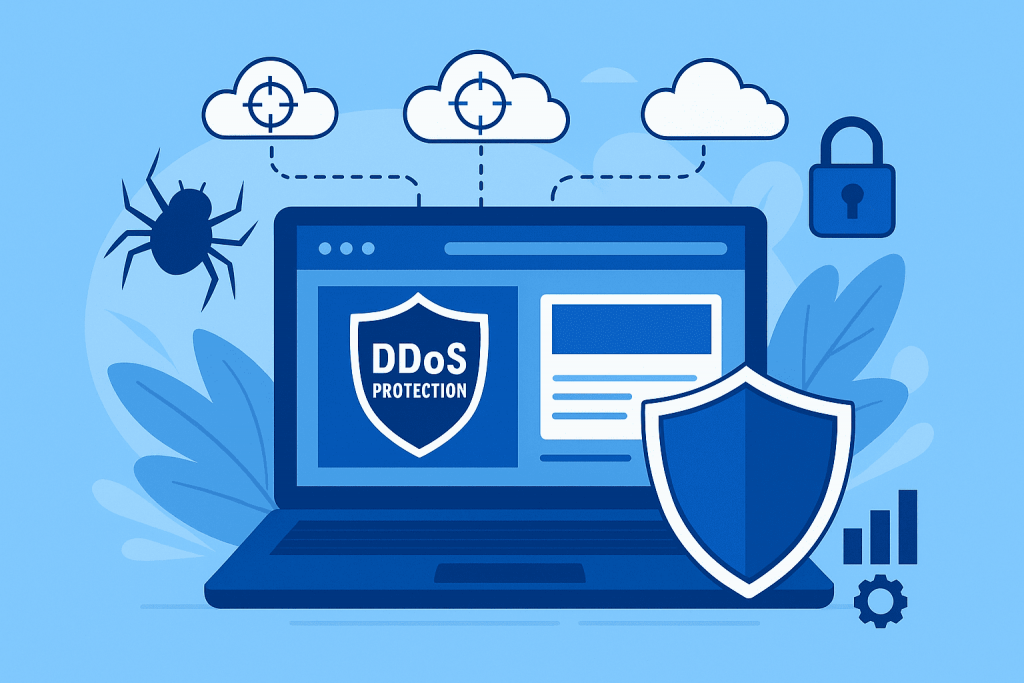
The server is the heart of any IT infrastructure. Its performance affects the speed of request processing, stability of websites, databases, email services, and many other systems. The central component of the server is the processor. It performs all calculations, distributes resources, and ensures interaction between software and hardware. But which processor to choose — AMD or Intel? In this article, we’ll review the key differences between these two manufacturers and offer practical advice on selecting the best solution for your needs.









